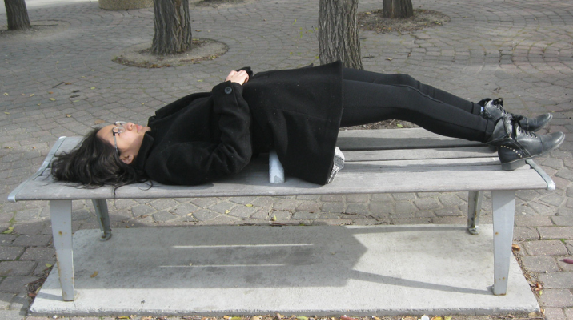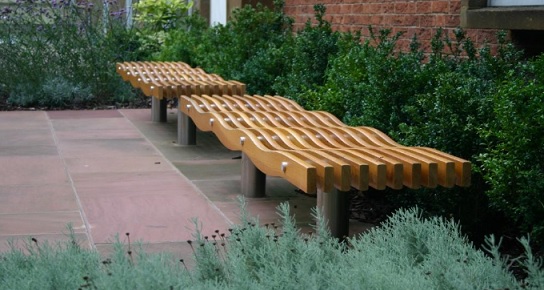Today we are discussing about hostile architecture which seems to be everywhere in major cities and urban areas around the world. You may be wondering on what I’m referring to. You may have seen metal spikes and even uneven pavements in our urban areas. That is what I am talking about. This architecture has been used by many municipalities to prevent people from sleeping or seating idle on public spaces.

There are ongoing debates on whether the practice of hostile architecture is discriminatory or not. Are they effective? Are these practices unethical?
That is what we are exploring in this article. For many years, music has been used to influence good human behavior. Many urban designers have developed a new habit of recommending the use of music as a deterrent.
Still the use of music to influence the required behavior is part and parcel of hostile architecture. This specifically prevents lingering in public places. The metal spikes can be seen on many public spaces to discourage sitting or sleeping.
Municipalities have also adopted the use of classical music as a way of discouraging anti-social behavior. History reports of a group of retail stores in Canada who used Beethoven and Mozart for the first time in 1985 with the objective of dispersing teen crowds who used to hoover at their parking lots.
Most recently, in 2005 London Underground starting playing classical music at a number of their stations. This was after they discovered that verbal and physical abuse declined by 33 percent whenever they played classical music.
As you may be aware, Music has a way of affecting our moods. However, experts have not been able to know why classical music has these soothing effects on the people. It’s a mystery. Those who have made attempts at explaining this phenomenon have said that classical music produces dopamine in our bodies which makes you feel good and it is suspected to have its residence at the pleasure centers on our brains.
However, experts have pointed out that not all teenagers like classical music. Therefore, the music will have an effect of having them leave a place where the music is being played according to some researchers.
Music has the power to affect our perceptions of public spaces. This effectively explains why you hear music played at airports, malls and hotels.
For instance, Rite-Aid stores in California plays Barry Manilow songs outside their business premises in order to prevent idlers from staying there for long.
It’s also reported that the British Navy has already weaponized music through use of Britney Spears songs in order to prevent pirate ships along the east coast region of Africa.
In 2018, Deutsche Bahn – national train operate in Germany announced their plans to start using music to prevent homeless people and drug users from staying at the train stations. They specifically used atonical music towards that end. This type of music is reported to be discomforting and mostly unsettling for some listeners. This announcement triggered protects from musicians and passengers who even organized a contemporary music and protested the use of music as a deterrent.
The Mosquito
Now, there is a device named Mosquito which produces high pitched noise similar to that produced by mosquitoes and is used as deterrents by some actors. Its high-pitched noise has a high frequency approximately 17.4 kHz and it is said to be inaudible for majority of the people who are over the age of 25 years.
Professor Tim Leighton says that this is a very simple idea which works well. The good professor here teaches ultrasonic at University of Southampton. He once told media houses that as people grow old, they lose their sensitivity to high frequencies.
A large number of young people do not like this sound effect. Compound Security is a firm which launched Mosquito device in 2005. It has so far sold 40,000 devices so far and counting. United States, Sweden and United Kingdom are the leading buyers of Mosquito. In these developed countries more and more retail shops are embracing Mosquito as a deterrent against youth who loiter at their premises.
Elsewhere, in the US, Mosquito device is used at night at some of the parks to deter people from staying at public parks at night. Critics are not amused at all by those who use Mosquito because it is discriminatory in their opinion considering that it affects even innocent bystanders.
Up to this point, just like me, you may be wondering about why people are creating such “parasitic designs”
We may want to investigate in our own small ways on whether hostile architecture is chasing people out of cities.
GOT a story? RING Kerosi Dotcom on +254 20 78 64 348 or WHATSAPP on +254 704 829 003 or EMAIL info@kerosi.com


